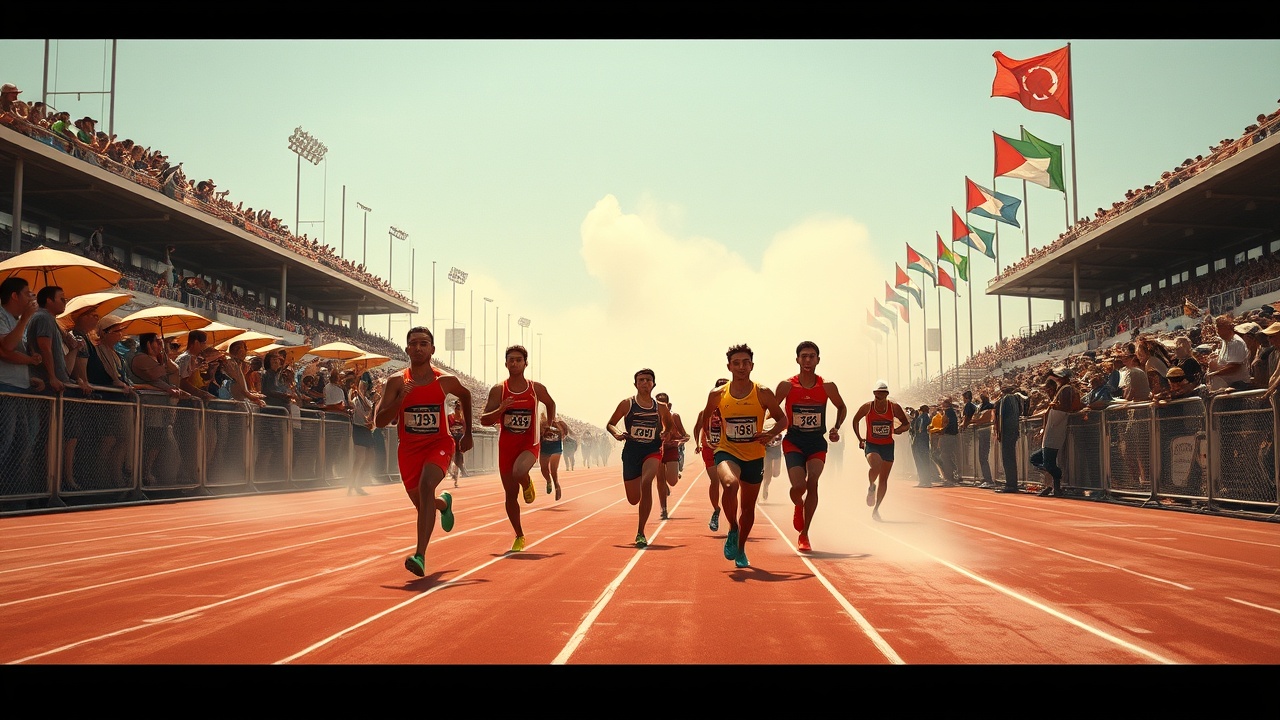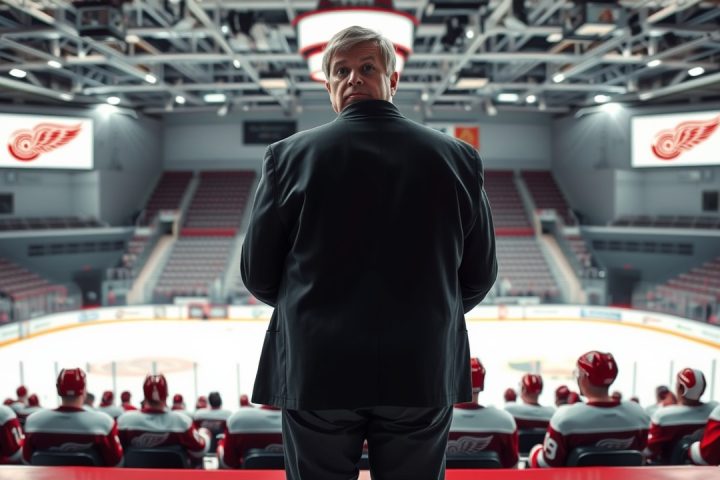Heatwave Impact on Sports
Across the United States, a relentless heatwave has been affecting sporting events, bringing attention to the challenges athletes, spectators, and organizers face in soaring temperatures. Instances of extreme heat were starkly visible recently, such as when substitute players at Cincinnati’s Club World Cup sought refuge from the sun, players in St. Louis struggled with heat-related ailments, and Wimbledon matches were paused to assist a fan during the hottest opening day in the tournament’s extensive history.
Challenges Faced by Athletes
This rise in temperatures has left athletes, even those among the world’s fittest, feeling the strain. Atletico Madrid’s Marcos Llorente voiced the discomfort athletes are experiencing, remarking on the pain of his toenails during a mid-June match in Pasadena, California. Meteorologist Peter Mullinax from the National Weather Service highlighted that unusual weather patterns resulted in cities like Philadelphia not dipping below 80 degrees and New York witnessing three consecutive days above 95 degrees, an occurrence not seen since 1988. Such extremes are particularly alarming since they fall outside the usual summer peak months of July and August.
Reevaluating Standards in Sports
The sports world is accustomed to battling heat, yet the growing intensity and frequency of these extreme conditions are prompting a reevaluation of standards. To this end, FIFA has taken prior measures, including moving the Qatar World Cup from summer to winter months to combat similar issues. Now, with the upcoming summer World Cup, players’ unions are pressing for adjustments regarding match scheduling to avoid midday heat and to implement more regular cooling breaks, responding to a study that highlighted potential health risks during the 2026 World Cup matches.
Health Risks and Innovations
Health experts underscore the serious dangers posed by competing or even spectating in such extreme heat. Heat-related illnesses can escalate rapidly, ranging from cramps and dehydration to severe heatstroke. Julien Periard from the University of Canberra pointed to a shift in athlete preparedness, where more sports, including soccer and rugby, are adopting heat acclimation practices typically reserved for endurance sports. Innovations in cooling techniques, with equipment designed to lower body temperatures and tailored hydration strategies, are becoming the norm across various sports.
Future Challenges and Adaptations
Allan Hershkowitz, an environmental scientist with a long history of consulting for major sports leagues on climate issues, reported a transformative shift in attitudes towards heat and climate change among teams and venues. With the recognition that future events like the 2026 World Cup and 2028 Summer Olympics could present significant challenges, he expressed concern regarding the readiness of the United States to handle such heat events. Persistent cutbacks in climate initiatives from government bodies have only compounded these worries.
Meanwhile, Jessica Murfree from the University of North Carolina anticipates increased interruptions in sporting events due to climate-related issues, noting a trend toward a more adaptable sporting calendar in response to these environmental hazards. With July expected to bring continued sweltering weather, the implications for the sporting world are evident.
Conclusion
As the climate crisis looms ever larger, it is evident that sports are not immune to its impacts, with changes necessary to safeguard athletes and fans alike as we look to the future.




